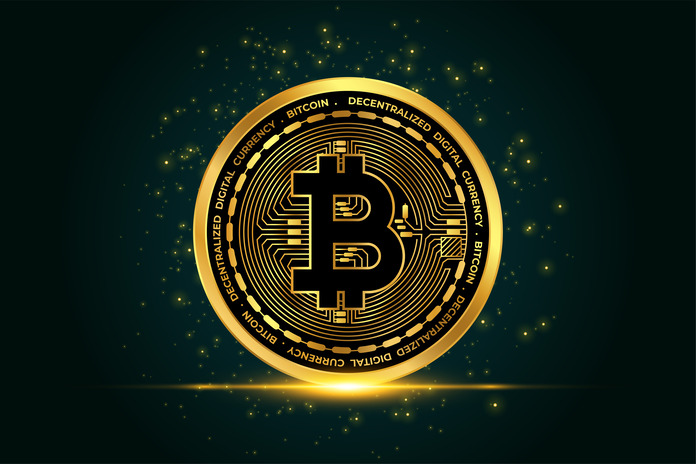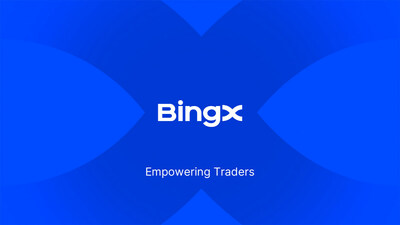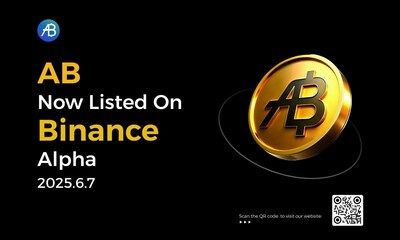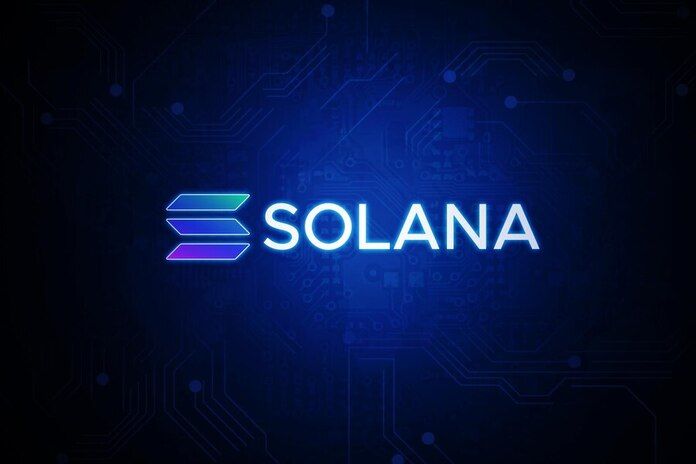KuCoin EU Completes Executive Team with Christian Derler and Tamara Rubey – Top Experts in Banking and Legal Bolster European Expansion
This post was originally published on this site
VIENNA, June 10, 2025 /PRNewswire/ — Double reinforcement for KuCoin EU: With the appointment of Christian Derler as Chief Commercial Officer (CCO) and Managing Director for KuCoin EU Financial Services GmbH & Tamara Rubey as General Counsel and Managing Director of KuCoin EU Payment Services GmbH, the company’s four-member leadership team is now complete. KuCoin EU is currently undergoing the MiCAR licensing process with the Austrian Financial Market Authority (FMA) and is strategically building on experienced leadership with deep expertise in banking, payments, and crypto regulation.
Christian Derler brings more than 20 years of experience in traditional banking. Most recently, he led the Depositing, Asset Management and Private Banking Division at BKS Bank. At KuCoin EU, he will oversee Business Development & Sales, Marketing & Growth, along with other key operational functions.
Tamara Rubey is a lawyer with previous roles at PSA, Coinpanion, and Bitpanda, bringing strong expertise in crypto regulation and payment services. She is recognized as an expert in payments. At KuCoin EU, she will serve as General Counsel, managing legal and regulatory affairs and leading KuCoin EU Payment Services GmbH.
“I see a once-in-a-lifetime opportunity. KuCoin EU offers the perfect platform to apply my leadership experience and industry expertise – and be part of a real movement for the future,” says Christian Derler. “We’re building a product offering for Europe that will set new industry standards. The combination of global strength and European innovation is truly unique.”
Oliver Stauber, CEO of KuCoin EU on the new appointments:
“With Christian Derler and Tamara Rubey, we’re bringing in two top-tier professionals who perfectly complement our leadership team. Christian offers deep market knowledge and strategic insight from two decades in banking and finance, while Tamara elevates our legal capabilities with regulatory precision and a strong digital mindset. Together with COO Christian Niedermüller, our executive team is now ideally positioned to establish KuCoin EU as a strong force in Europe.”
BC Wong, CEO of KuCoin, adds:
“Operating securely and compliantly has always been a core strategy and unwavering commitment for KuCoin. From initiating the MiCAR license application to building a local presence in Europe and onboarding seasoned professionals with traditional finance and legal backgrounds—these are all deliberate steps in fulfilling that promise. And this is just the beginning. We will continue to build a secure and trustworthy platform for users across the globe.”
Four Managing Directors Leading KuCoin EU in Europe
KuCoin EU’s leadership team now consists of CEO Oliver Stauber, COO Christian Niedermüller, CCO Christian Derler, and General Counsel Tamara Rubey.
About KuCoin EU
KuCoin EU Exchange GmbH, based in Vienna, Austria, is committed to establishing a fully compliant digital asset brokerage under the MiCAR framework. By leveraging KuCoin’s advanced technology and nurturing the respected KuCoin brand, KuCoin EU aims to deliver secure and innovative crypto products and services to its customers within the European Economic Area (EEA).
KuCoin EU Exchange GmbH currently does not offer any services in the EU/EEA and will only commence operation upon receiving appropriate licensing.
![]() View original content to download multimedia:https://www.prnewswire.com/news-releases/kucoin-eu-completes-executive-team-with-christian-derler-and-tamara-rubey—top-experts-in-banking-and-legal-bolster-european-expansion-302477506.html
View original content to download multimedia:https://www.prnewswire.com/news-releases/kucoin-eu-completes-executive-team-with-christian-derler-and-tamara-rubey—top-experts-in-banking-and-legal-bolster-european-expansion-302477506.html
SOURCE KuCoin

Featured Image: depositphotos @ Violka08























